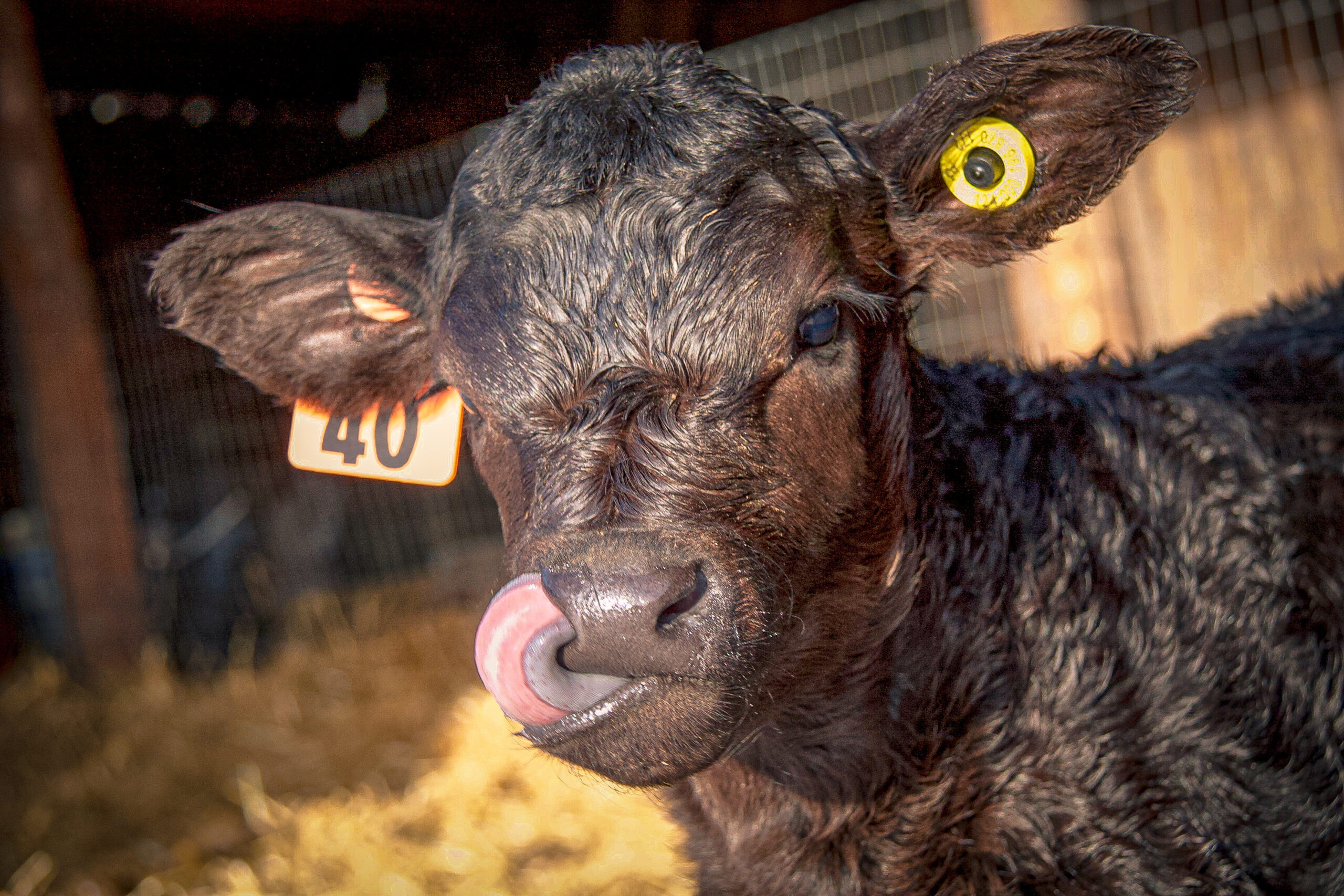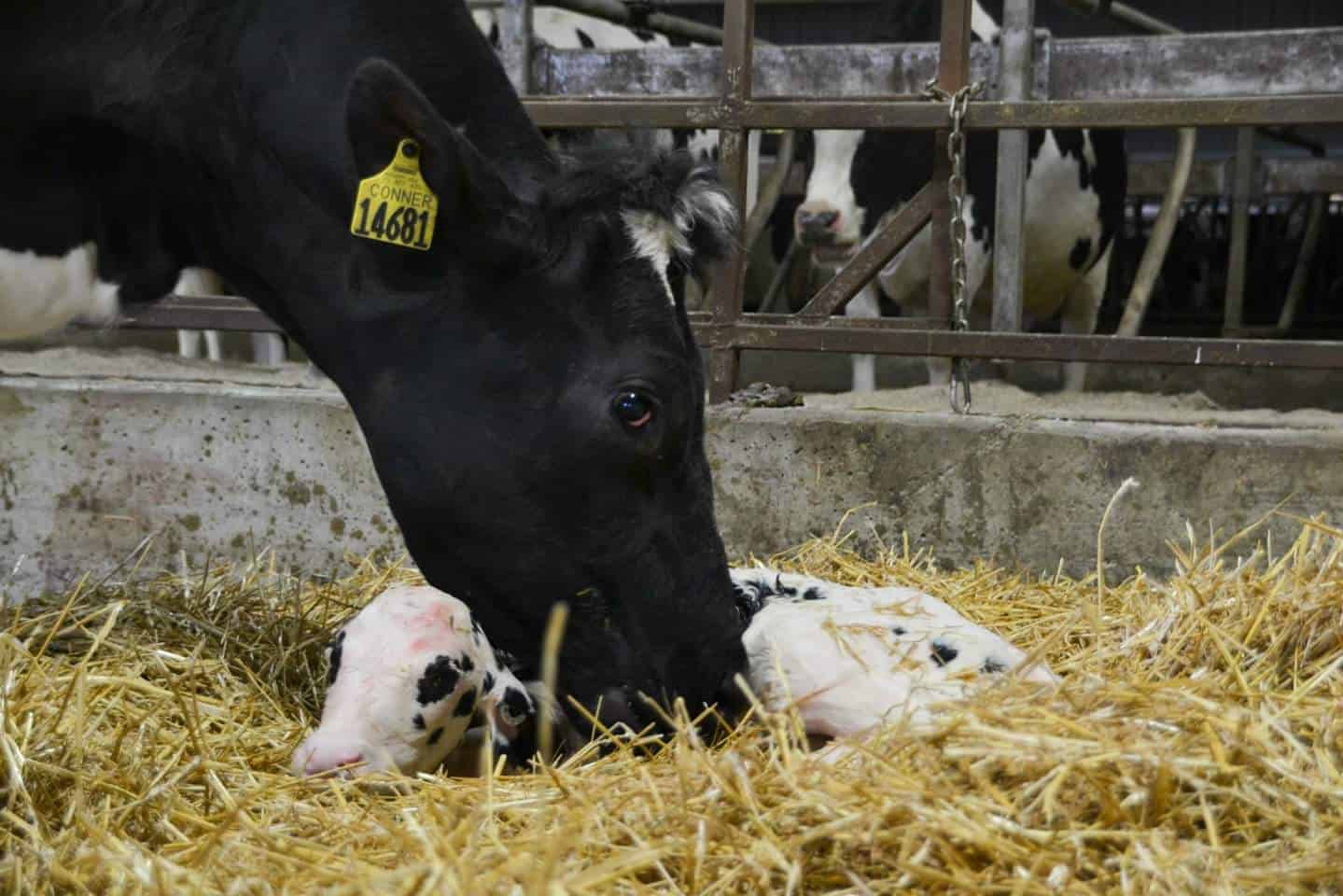
The Colostrum Counsel – Colostrum Management for Dairy Goat Kids: A Critical Practice for Survival
January 2025
Proper colostrum management is crucial for the health and survival of dairy goat kids. Colostrum provides essential nutrients and immune protection, which are vital for newborns, who are born without the natural immunity required to defend against environmental pathogens.





